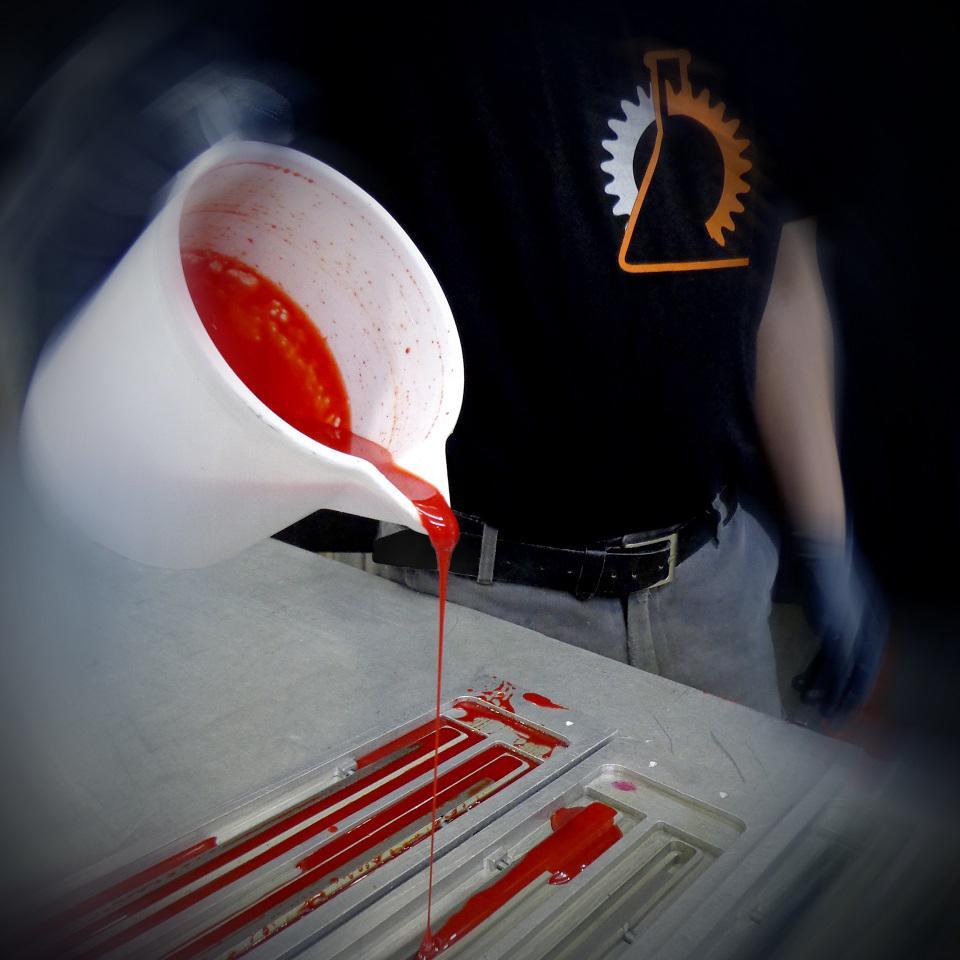Polyurethane mechanical components are employed in many different fields of industrial mechanics, thanks to the several physics and chemical properties of this material:
- Range of hardness from 10 Shore A (soft rubber) to 85 Shore D (nylon).
- Abrasion resistance: exceptional durability with considerable saving in spare parts, downtime of labour and equipment, especially if compared with rubber, plastics or metals.
- Possible optimization to better stand: friction, sliding abrasion, impact.
- High load resistance: compound can be formulated to stand deformation due to high pressure and compression.
- Chemical resistance: excellent resistance to most of oils and aliphatic solvents, and animal or vegetable oils.
- Hydrolytic stability: polyether based polyurethane has an higher hydrolytic stability than other polyurethanes.
- The material does not absorb water (from 0.3% to 1% by weight) and is suitable for applications requiring immersion.
- Bondability: mould casting polyurethane easily binds to metal or any other material, either rigid or flexible. This allows to obtain stronger bonds than polyurethane.
- Electrical properties: excellent insulation material but electrical conductive compounds are possible as well.
- Tear resistance until 120 kN/ m.: this unusually high value explains its widespread use on rails, pinch rollers, belts, linings, gaskets, bumpers and load pads.
- High resistance to shocks: while traditional plastics become fragile as they become harder, polyurethane maintain elasticity and strength on the full range of hardness.
- Controlled resilience: polyurethane does not need to be softer to keep resilience, so it is excellent for shocks and vibrations absorption.
- UV, ozone and weather resistance: substantially inert in presence of ozone and oxygen and more resistant than natural and synthetic rubber to sunlight and weather.
- Friction coefficient: the compound can be formulated to offer various friction factors, which remain unchanged. This is not generally possible with other elastomers which keep changing, hardening or softening, during their lifetime.
- Temperature resistance: can be formulated to be used up to 80°C., allowing temporary peaks of 100°C.

